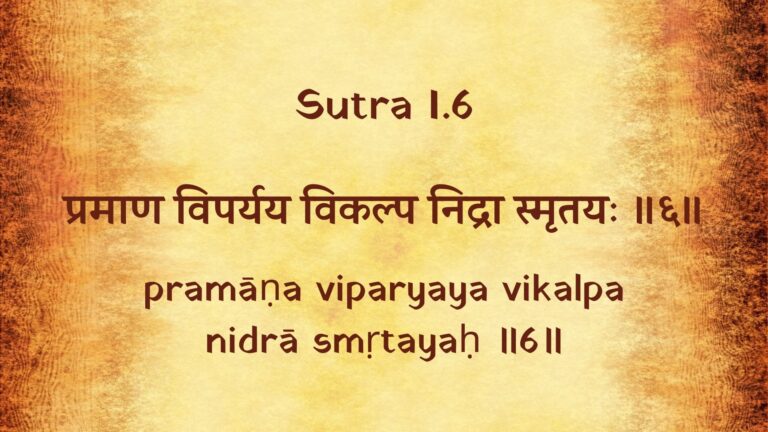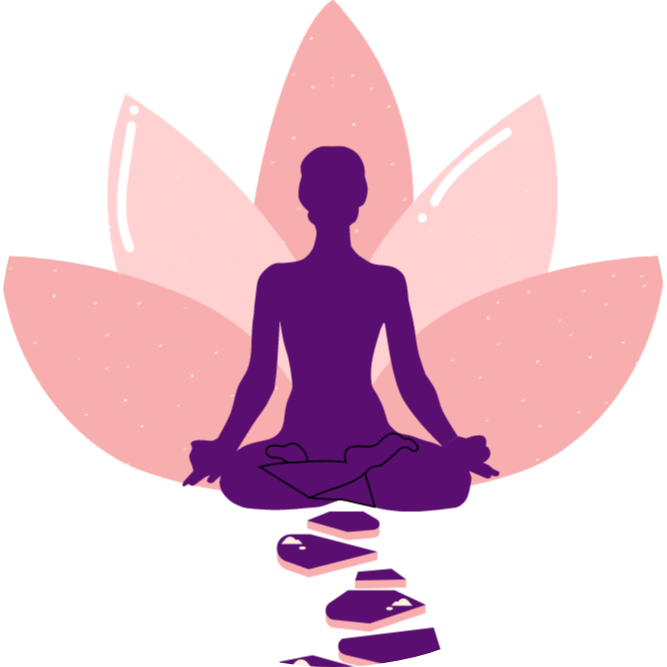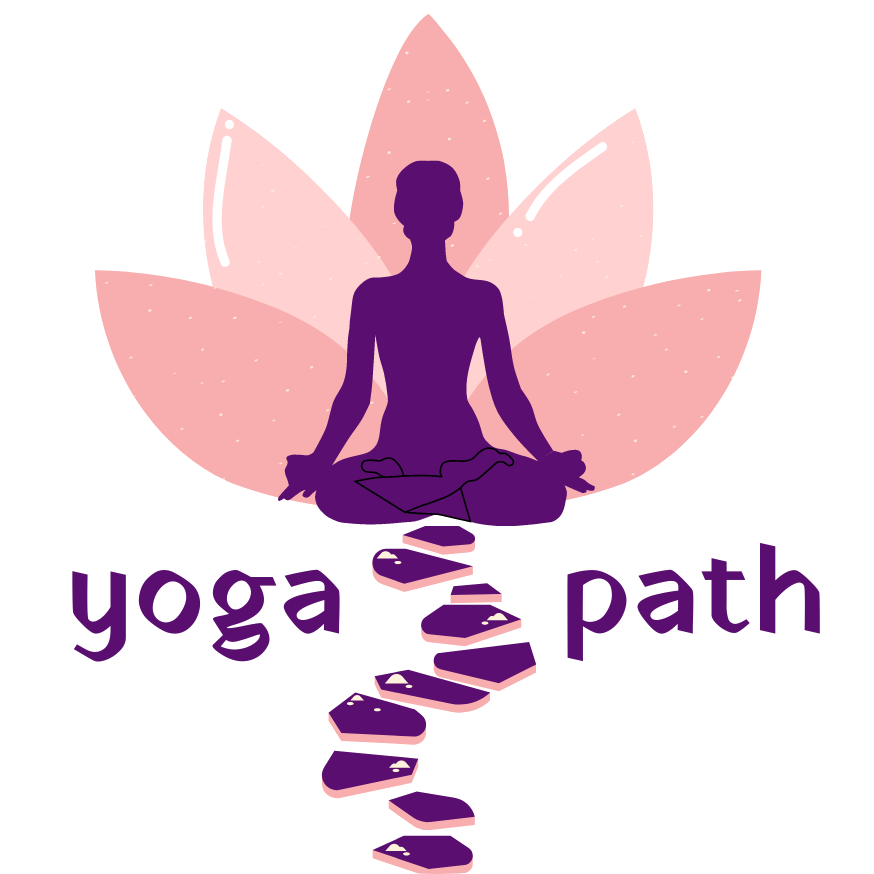Learn Yoga Philosophy
Yoga Sutra I.6

प्रमाण विपर्यय विकल्प निद्रा स्मृतयः ॥६॥
pramāṇa viparyaya vikalpa nidrā smṛtayaḥ ॥6॥
The fivefold modifications of mind are right knowledge, false knowledge,
illusion, sleep and memory.
In Yoga Sutra 1.5 we saw that there are five types of vrittis or modifications of the mind field. Yoga Sutra 1.6 lists out these fivefold modifications of the mind as:
- pramāṇa = right knowledge, experienced knowledge, that which is studied and verified, proof, evidence
- viparyaya = false knowledge, misconception, misperception, unsound thinking, contrary knowledge
- vikalpa = illusion, imagination, fancy, doubt, hallucination, error
- nidrā = deep sleep
- smṛtayaḥ = memory, recollections
Every mental state we experience is a manifestation of one of these five vrittis or a subset of these, which are further explained in sutras to follow. As such, at any given point in time, the human mind is in one of these fives states or a combination of these five thought patterns.
You will recall from Yoga Sutra 1.2 that the ultimate aim of yoga is to gain mastery over these mental modifications and attain the state of ‘Chitta Vritti Nirodah’, a state that defines the very essence of Yoga.
Swami Venkatesananda, in his book, The Yoga Sutras of Patanjali states, “When energy enters the personality, it is the experience; and the same energy, when it leaves the personality, is the expression. It is the personality which interprets it as right knowledge, wrong knowledge, right action, indifferent action, wrong action, imagination, etc. Neither the flow of energy, nor the consciousness which is everywhere all the time, is affected by any of these. The energy that is constantly moving, passes through you. It is not affected by anything that you do. Knowing that we are related to this life and to this world of experiencing and expression, a clear understanding of what a vritti is, immediately enables us to understand the truth concerning the nature of both experience and expression. The ‘I am’ is a vritti, and this vritti assumes from there on that what is happening everywhere is ‘my’ experience. For instance, when there is a cool breeze, it flows everywhere, but you feel it on your back and so that becomes an experience to you. When you start to sneeze, that becomes an expression. At first, it is an experience of cold, and then it is an expression of sneezing.
If you know that even this ‘I am’ has not got an independent reality, but is one ripple in the totality, then there is no problem at all. It is not you experiencing anymore, it is not you doing. ‘I’ is not the doer anymore. Consciousness is there everywhere. That cannot be destroyed. It knows what to do, because it is intelligent. It is only as long as the I feels itself to be the doer, when the action springs from the vritti, that there is the need for it to classify its action as right action, wrong action, etc.”
Thus, we have to recognize our mental modifications for what they truly are. We are not our thoughts, at least not entirely. We have thoughts, but they are not the whole of who we are. If we learn the quality and behaviour of our vrittis, the better we can control them and find our way to the cessation of all our mental fluctuations.
Over the next few sutras we will explore each vritti in greater detail.

